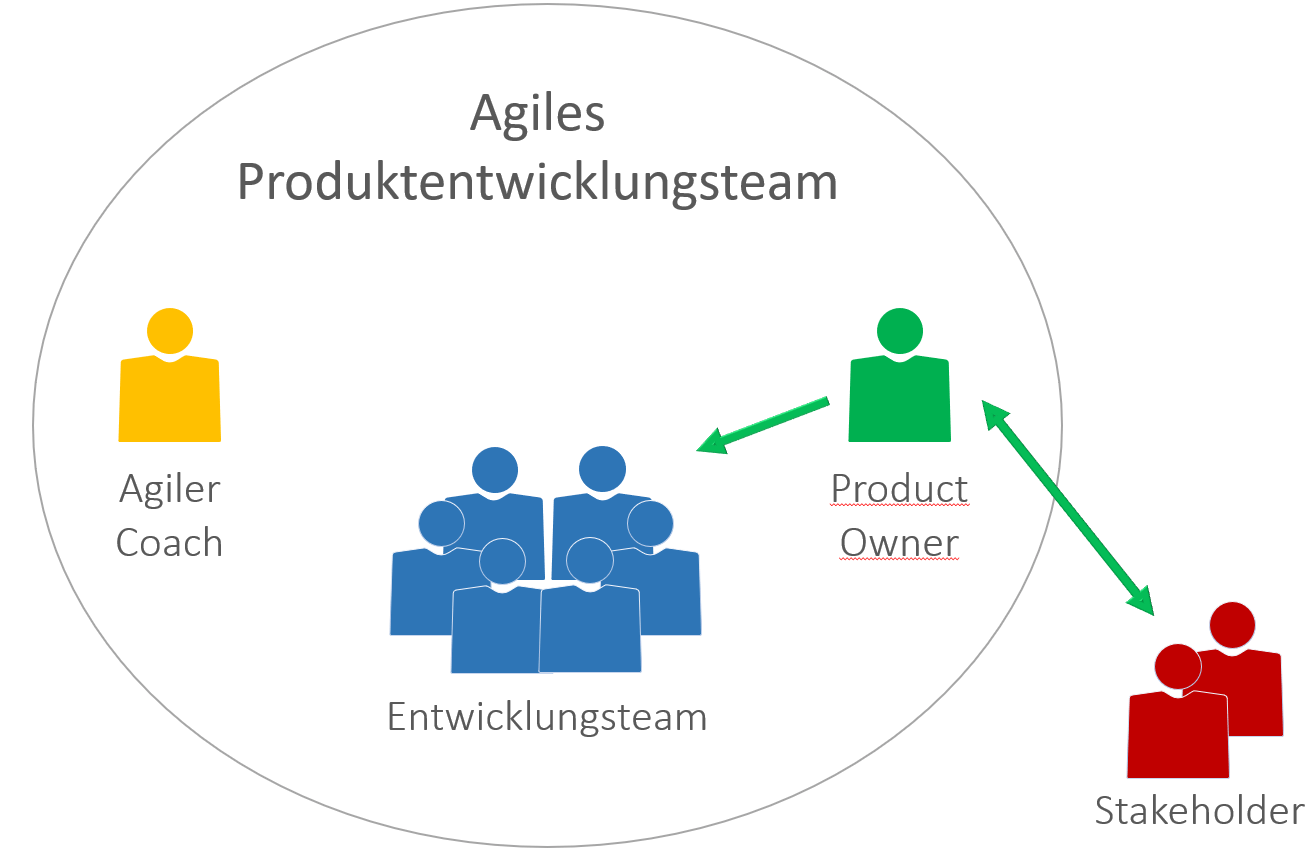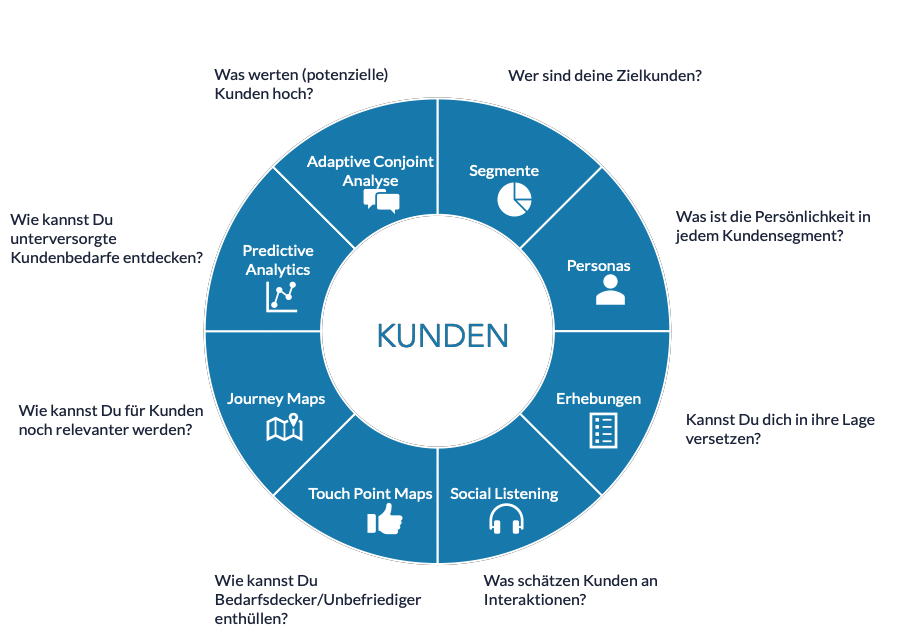7 important tasks of the product owner
Published

Product owners are at the center of every development cycle. But what activities are they actually involved in?
Although the role of a product owner can vary depending on the environment, they typically have several key roles and responsibilities ranging from business strategy to product design.
You will be responsible for maximizing product and business value through continuous backlog management.
In this blog post we will discuss the seven most important roles and responsibilities of a Scrum Product Owner.
What is a Product Owner?
At the most basic level, an Agile Product Owner or Scrum Product Owner is the leader responsible for maximizing the value of the products created by a Scrum development team.
To achieve this, a more agile Product Owner multiple roles including those of business strategist, product designer, market analyst, account executive and project manager. In short, agile Product Owner are an integral part of every Scrum team.
The role of a product owner
The Scrum Product Owner takes the lead in many areas of product development. In one day, he must draw on his extensive market knowledge to develop a strategy and present his vision to stakeholders. Another day he has to roll up his developers' sleeves to help the team achieve its goals during a sprint.

Those: theprojectgroup.com
7 Key Roles and Responsibilities
1. Define the vision
The agile product owner is the central person in the product development team. He uses his higher-level perspective to define goals and create a vision for development projects.
Product Owners are responsible for communicating with all stakeholders, including customers, business managers and the development team, to ensure goals are clear and vision is aligned with business goals.
A product owner with a higher-level perspective ensures that the team maintains a unified vision despite the flexible and often fast-paced nature of agile product development. For a project to work effectively, everyone involved must be on the same page.
A product owner can help the team maintain this vision by creating a product roadmap. The product roadmap is a high-level strategic visual summary that outlines the vision and direction of the product offering over time. It is both a strategic guide for those involved and a plan for execution.
2. Product backlog management

Those: microtool.de
One of the most important tasks of a Scrum Product Owner is managing the Product Backlog. This is the development team's task list for the project.
The task of Product Owners is to create the list of backlog items and prioritize them based on the overall strategy and business goals. In addition, the product owner must list the project dependencies to determine the necessary development order.
However, the Product Backlog is not a static to-do list. It is a living document that should be continually updated as development progresses based on changing project requirements.
Since the Product Backlog will change frequently, the Product Owner must make the list accessible and available to all stakeholders (especially developers) to ensure optimal performance and project results.
3. Prioritize requirements
Another important task of the product owner is prioritizing requirements. In other words, he must juggle the triangle of scope, budget and time, balancing priorities according to the needs and goals of those involved.
For example, if the product under development needs to come to market within six months, this limits the scope of the project. As the project progresses, the product owner must assess which areas are flexible enough and which are not to determine how and when each iteration and product element will be developed.
4. Monitor development phases
After the vision, strategy, and product priorities are established, the Product Owner should spend a large portion of their time overseeing actual product development. He is a key player in every event, including planning, refinement, review and sprint.
In the planning phase, the agile product owner works with stakeholders to identify and organize the steps required for the next iteration. He then meets with his team to refine the process, identify areas for improvement, and support the sprint.
5. Anticipate customer needs
The successful Scrum Product Owner is an expert at understanding and anticipating the customer's needs to make the development process more effective.

Those: tractionwise.com
Their in-depth market knowledge and communication skills allow them to anticipate and respond to problems or needs.
With customer journey mapping you are always one step ahead of your customers. These visual representations create a shared vision for the customer experience. You save time and effort and can focus all your energy on solving your customers' problems and delighting your customers.
6. Act as the primary liaison
The Product Owner is also the key communicator and link between stakeholders and teams. As such, they must be experts in communication and ensure that all important decisions and strategies are supported by stakeholders and that developers receive clear instructions and results.
7. Evaluate product progress at each iteration
The Product Owner is responsible for each phase of the development process and the final product. He plays the main role in reviewing and evaluating product progress in each iteration. The product owner makes the decision about performance and decides whether the team needs to go back to the drawing board or whether they can move on to the next steps.
Agile Product Owners wear many hats. Therefore, they need tools and solutions that can adapt to their changing roles as quickly as they do.
Visualizations can support your Scrum team at every step of the development process, making it easier to transition from outlining the customer journey and mocking up product designs to mapping product dependencies and communicating your work to stakeholders.







